How the suffragettes became one of the most successful brands ever
Aline Reed has read a couple of books recently that refer to the suffragettes’ fundraising methods, but are rather short on detail. Thankfully Diane Atkinson’s The Purple, White and Green fills in the gaps.
- Written by
- Aline Reed
- Added
- August 01, 2014
Just over a hundred years ago, Emmeline Pankhurst led women throughout the UK in a campaign of civil disobedience and radical action. Their aim was to win the right to vote for women.
‘Fundraising was vital to the success of the WSPU [Women’s Social and Political Union] campaign and here it excelled.
‘In just five years the Union’s treasurer, Mrs Pethick-Lawrence helped raise the equivalent of £3 million.’
Diane Atkinson, The Purple, White and Green
Emmeline Pankhurst was the charismatic leader of the WSPU, but another Emmeline was at the forefront of their fundraising efforts. Emmeline Pethick-Lawrence worked alongside her husband, Frederick, to promote the cause and raise money.
Branding
This must be one of the most successful brands ever. Emmeline Pethick-Lawrence didn’t just choose distinctive colours – she ascribed a set of values to them. As a result, women throughout the country, young and old, rich and poor, were proud to wear purple, white and green.
‘Purple stands for the royal colour that flows in the veins of every suffragette, the instinct of freedom and dignity…white stands for purity in private and public life…green is the colour of hope and the emblem of spring.’
Right from the off, the Pethick-Lawrences encouraged WSPU members and sympathisers to wear the colours.
‘If every individual woman in this Union would do her part, the colours would become the reigning fashion. And strange as it may seem, nothing would so help to popularise the WSPU…now everyone has simply got to see to it that everywhere our colours might be in evidence.”
Suffragette buying power
Emmeline Pethick-Lawrence’s call for suffragettes to wear colours instantly created a demand. As she predicted, purple, white and green soon became all the rage.
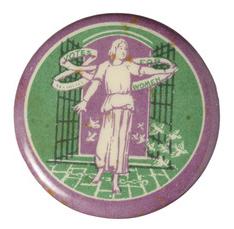
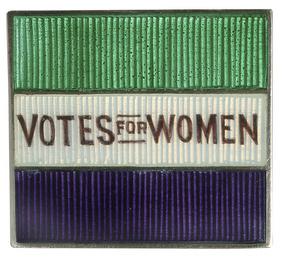
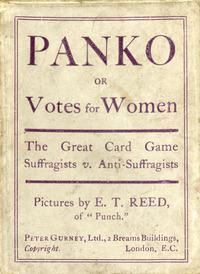
I’d love to have these pieces of memorabilia, or even just one.
Merchandise was produced for every purse. Badges, ribbons and rosettes might have been all a working class woman could afford. But middle and upper class women could invest in the whole suffragette ‘uniform’ including sashes, dresses, hats, gowns, shoes and jewelry.
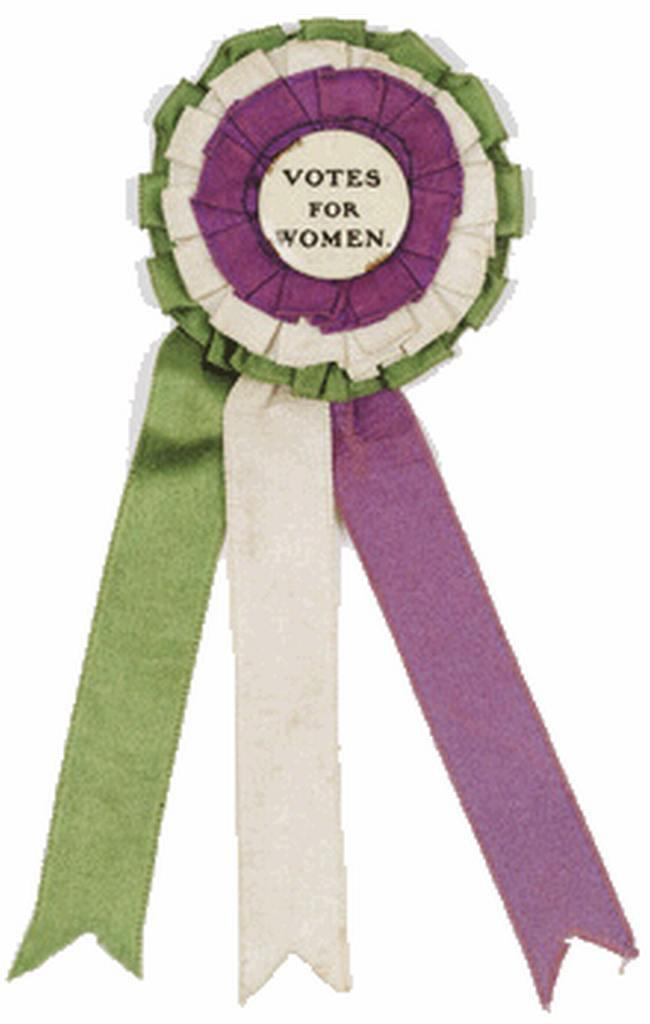
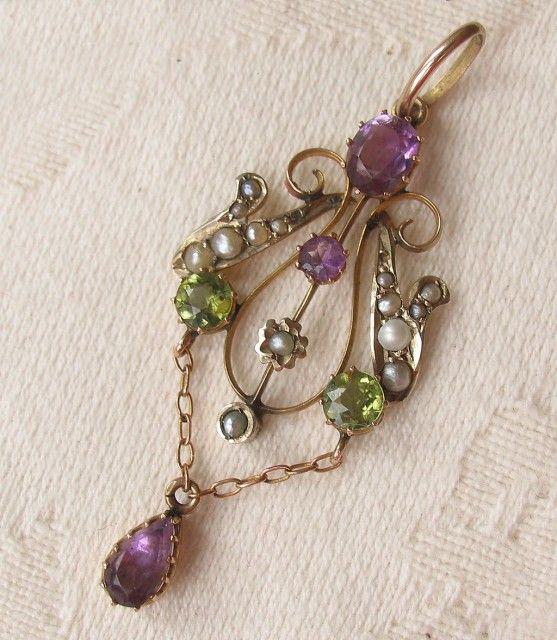
As predicted, purple, white and green became all the rage.

Small time producers and large stores alike sold a whole range of objects in suffragette colours. Lilley and Skinner shoe shops sold ‘bedroom slippers in velvet and quilted satin especially dyed in the colours’. Department store Derry and Toms stocked underwear in purple, white and green. There were even ‘Emmeline’ and ‘Christabel’ shopping bags named in honour of the Pankhurst mother-and-daughter team.
To publicise this growing range of products, manufacturers bought space in the WSPU’s weekly newspaper Votes for Women.
The Women’s Press
In 1908, the WSPU set up the Women’s Press to produce and publish their newspaper. Votes for Women started as a monthly publication but soon appeared weekly and was sold for a penny to a readership of 40,000.
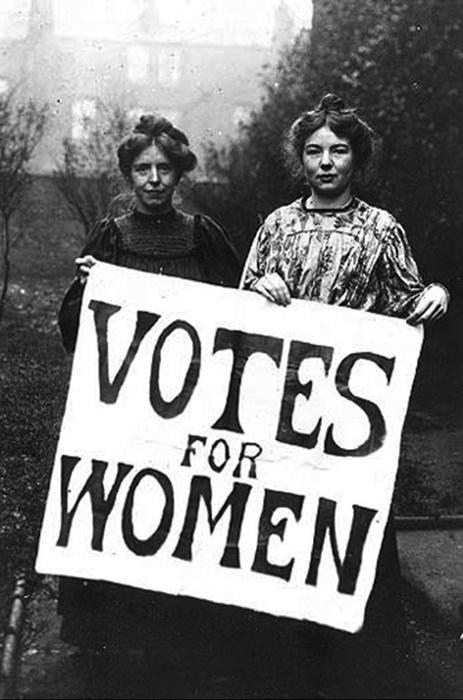
Member get member
Suffragettes were urged not just to buy a copy of the newspaper themselves.
‘Do not be content with buying a single copy each week, but take in a number of copies and be responsible for selling them.’
Mary Phillips, suffragette newspaper seller
The Women’s Press also manufactured and sold their own suffragette merchandise through a network of shops. They printed postcards, Christmas cards, calendars and even made suffragette dolls dressed in prison clothing.
By 1910, the Women’s Press was turning over an impressive £12,000 (estimated to be worth £988,000 today)
Guerrilla tactics
The suffragettes were great improvisers.
‘…No money was spent on advertising. If a chair would be suitable as a platform, why pay a few shillings for a trolley? If the weather was fine, why hire a hall? If the pavements were dry, why not chalk advertisements of the meeting instead of paying printer’s bills?’
Suffragettes even risked prison by carving their message on to coins. This one was is now part of the British Museum’s collection.
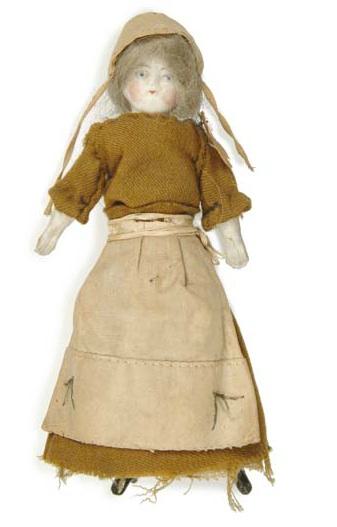
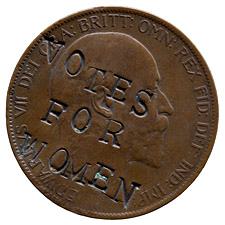
Left: Suffragettes made postcards, Christmas cards, calendars, even dolls dressed in prison clothing.
Right: Those wonderfully, brave women even risked prison to bring attention to their cause by carving their message on coins of the realm.
A powerful force
There were so many ways for women – young and old – to get involved whatever their status or wealth.
‘The members themselves played an important part in fundraising, involving themselves in Mrs Pethick-Lawrence’s income-generating schemes which included whist drives, exhibitions, bazaars, “self-denial weeks” and jumble sales. They also personally pledged money.’
They had a tangible aim – votes for women.
‘It was common to place jewellery in the collecting plate which was passed around at the end of meetings. One woman donated £1000 a year [£80,000 in today’s values], to be paid until women were given the vote.’
They also had a pair of gifted and well-connected fundraisers in the Pethick-Lawrences.
‘The WSPU was backed by the support of wealthy members, most notably the Pethick-Lawrences and their peers, who provided the seed money which was invested to originate many activities.’
The Pethick-Lawrences were enormously successful, but they became unhappy with the direction the WPSU was taking. Emmeline Pankhurst reacted ruthlessly. She ousted them from the party and pushed forward her own agenda with the help of her daughter Christabel.
In 1914, Mrs Pankhurst ended the WSPU’s campaign with the outbreak of the Great War. In 1928, women over 21 won the right to vote.
All quotations from Diane Atkinson’s The Purple, White and Green.


















